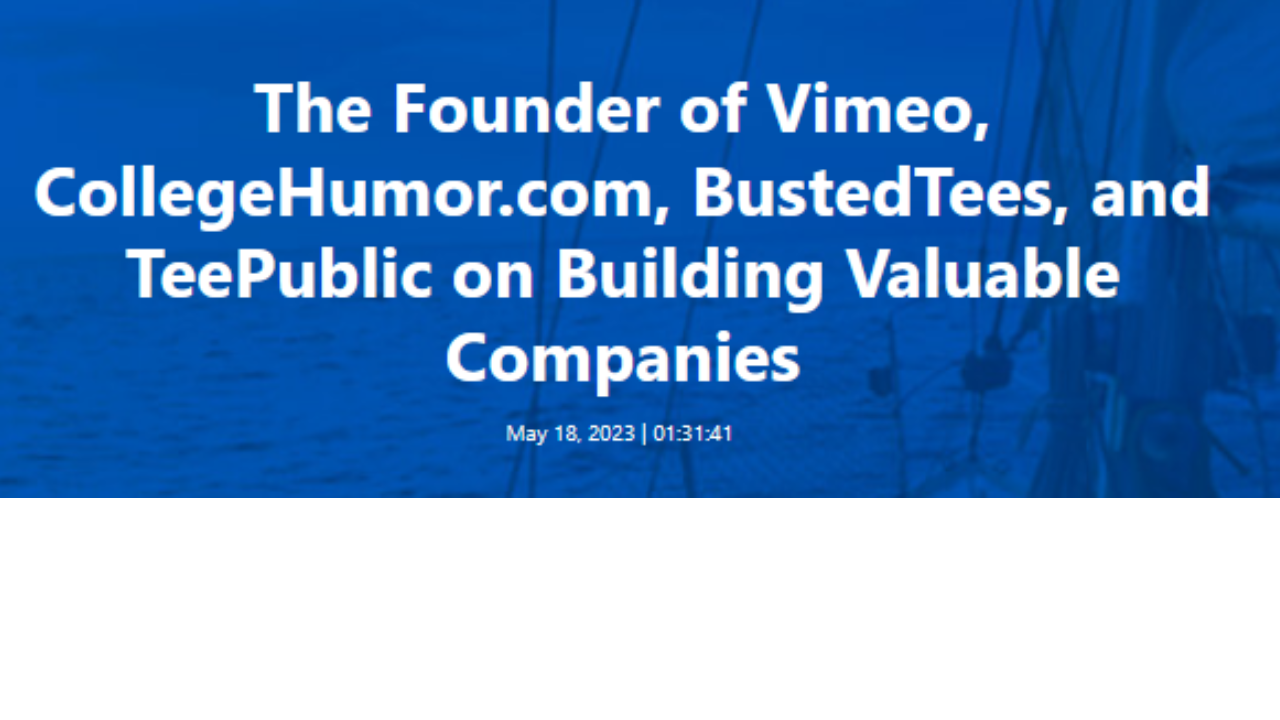In recent years, definitions of work culture -- "how we do things around here" -- have changed tremendously. Many aspects (e.g., processes, technology, workflows, training) are morphing as leaders adapt to global pressures and new employee expectations.
Some shifts are obvious, such as dramatic changes in where employees work. However, most culture change is subtle, slow and difficult to define. For example, culture change might manifest as:
- differences in onboarding experiences and how new hires form relationships
- shifts in team structures and workflows due to external pressures, such as supply chain concerns
- new communication norms aimed at keeping hybrid employees connected
Culture drift may seem inconsequential. But when
...


